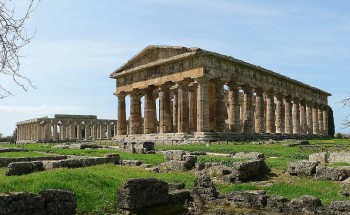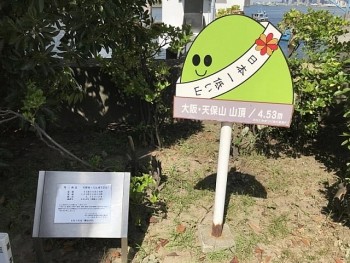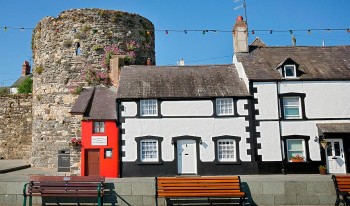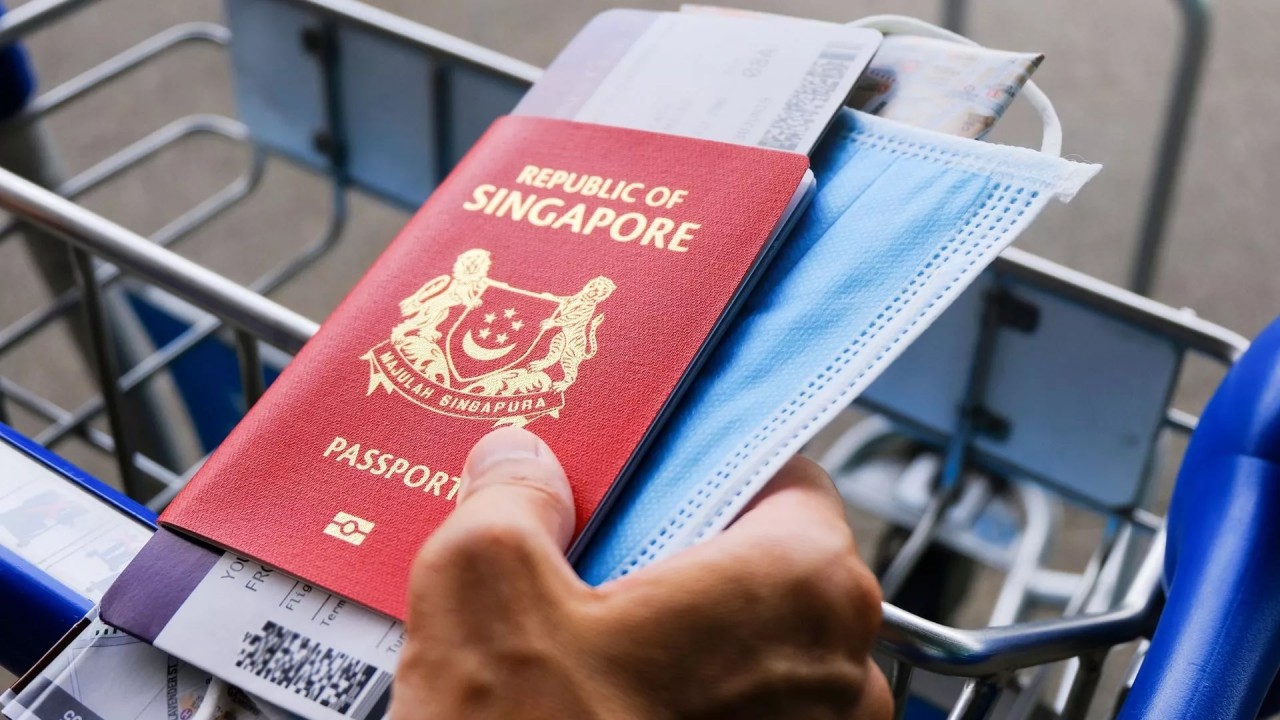The Mysterious Land of Afghanistan
Where is Wakhan Corrider?
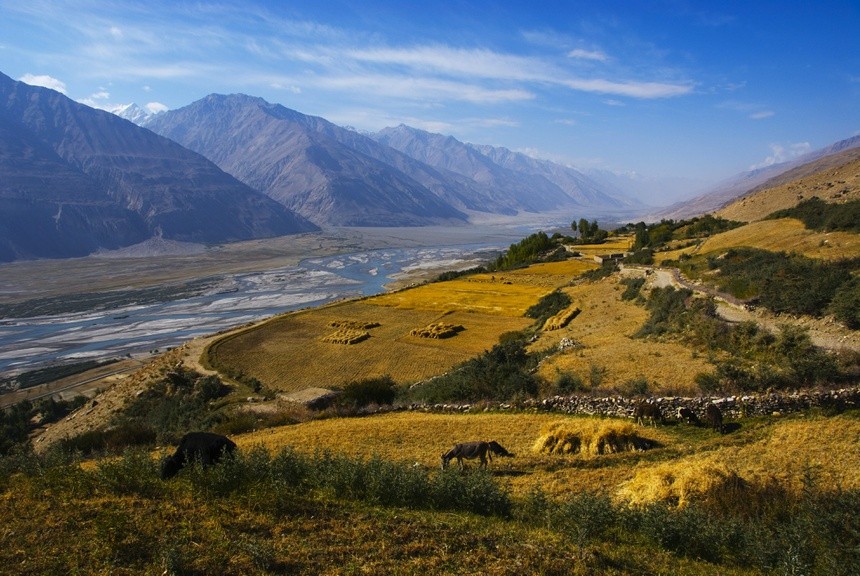 |
| Photo: Lonely Planet |
The Wakhan Corridor is a narrow strip of territory in Afghanistan, extending to China and separating Tajikistan from Pakistan. From this high mountain valley the Panj and Pamir rivers emerge and form the Amu Darya. A trade route through the valley has been used by travellers going to and from East, South and Central Asia since antiquity.
The corridor was formed by an 1893 agreement between the British Empire (British India) and Afghanistan, creating the Durand Line. This narrow strip acted as a buffer zone between the Russian Empire and the British Empire (the regions of Russian Turkestan, now in Tajikistan, and the part of British India now in Pakistan and the contested region of Gilgit-Baltistan). Its eastern end bordered China's Xinjiang region, then ruled by the Qing dynasty.
Politically, the corridor is in the Wakhan District of Afghanistan's Badakhshan Province. As of 2010, the Wakhan Corridor had 12,000 inhabitants. The northern part of the Wakhan, populated by the Wakhi and Pamiri peoples, is also referred to as the Pamir.
A remote corridor
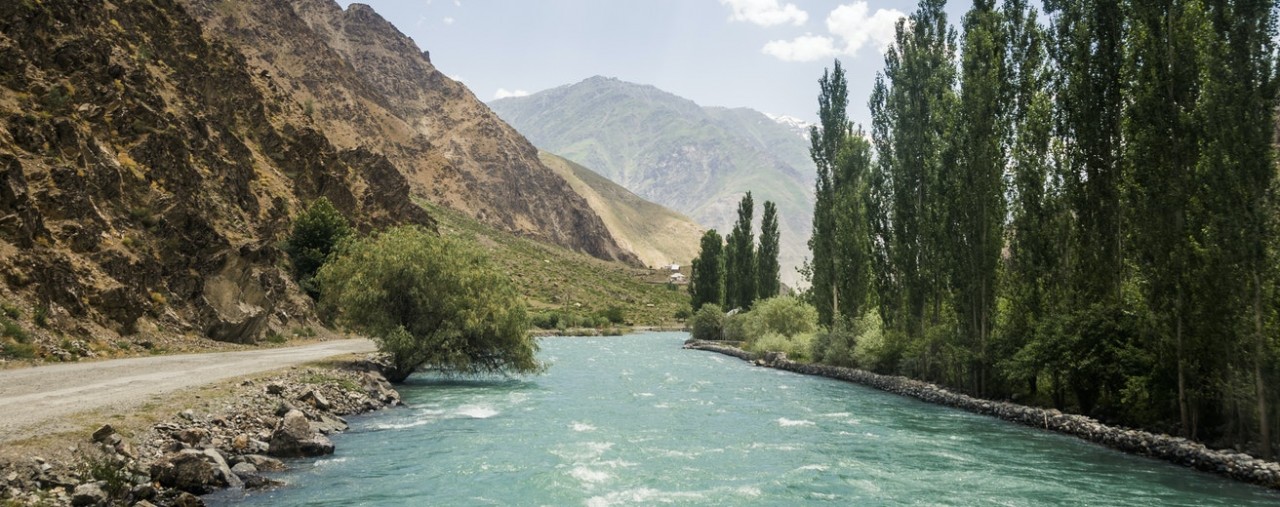 |
| Photo: Getty Images |
Some 600km to the east of Mazar-e Sharif, the Wakhan Corridor is a world apart from the rest of the country, both culturally and geographically. This 350km-long panhandle, in the region of Badakhshan, sits at the convergence of three of the world's major mountain ranges: the Hindu Kush, the Karakoram and the Pamirs – known as the Pamir Knot. "This is about as far away from the noise, the traffic and the muezzin's call to prayer of urban Afghanistan as you can get," said James Willcox of untamedborders.com, one of just a few adventure travel companies in the world that arranges trips to the region. "It is barely habited and hard to get to; few people even know of its existence. It's undoubtedly one of the remotest, and most beautiful places in the whole of Asia."
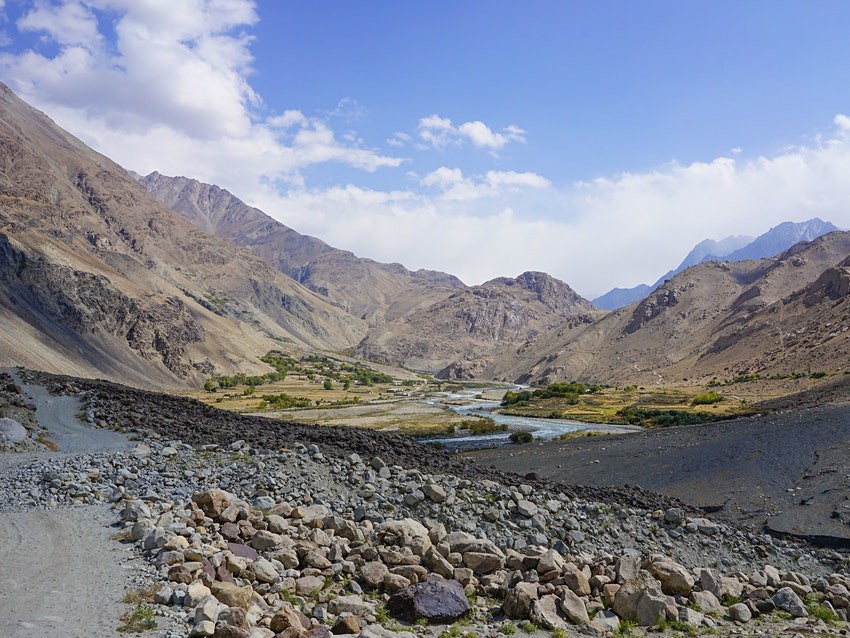 |
| The rocky road from Ishkashim into Afghanistan's Wakhan Corridor © Jonny Duncan / Lonely Planet |
Scattered along the Wakhan Corridor are small rural settlements like Khandud, their simple houses made of stone, mud and timber. Some of the larger villages are connected by a single dirt track, often made impassible by the waters of the River Panj. "Very few people have their own car in the Wakhan, but we have community transport – as well as donkeys, and our feet, of course," said Azim Ziahee, a resident of the market town of Ishkashim, located 80km away at the Corridor's western end. "The Wakhan still remains very cut-off though. Some villages are more than four days' walk to Ishkashim. The nearest big town from here – Dushanbe, the capital of Tajikistan – is a three-day drive. The isolation keeps the corridor like a time capsule. We look over to the border towards Tajikistan, with its electricity, paved roads and mobile phone signal, and say that it's like looking 100 years into the future."
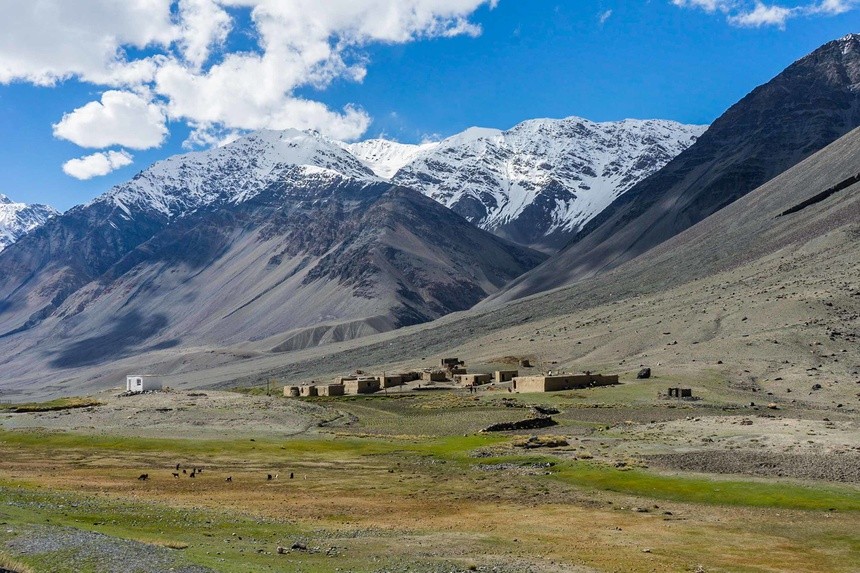 |
| Photo: Flickr |
For more than 2,500 years, the Wakhan Corridor has been the homeland of the Wakhi people and is now home to a population of around 12,000. While the majority of Afghans are conservative Sunni Muslims, the Wakhi are Ismailis, who belong to the Shia branch of Islam.
The Wakhi are farmers, cultivating wheat, barley, peas, potatoes, and apple and apricot trees in the semi-arid conditions of the corridor; their fields fed by melt water from mountain glaciers. Wealthier families have sheep and goats along with a few camels, yaks, horses and donkeys.
A centuries-old tradition
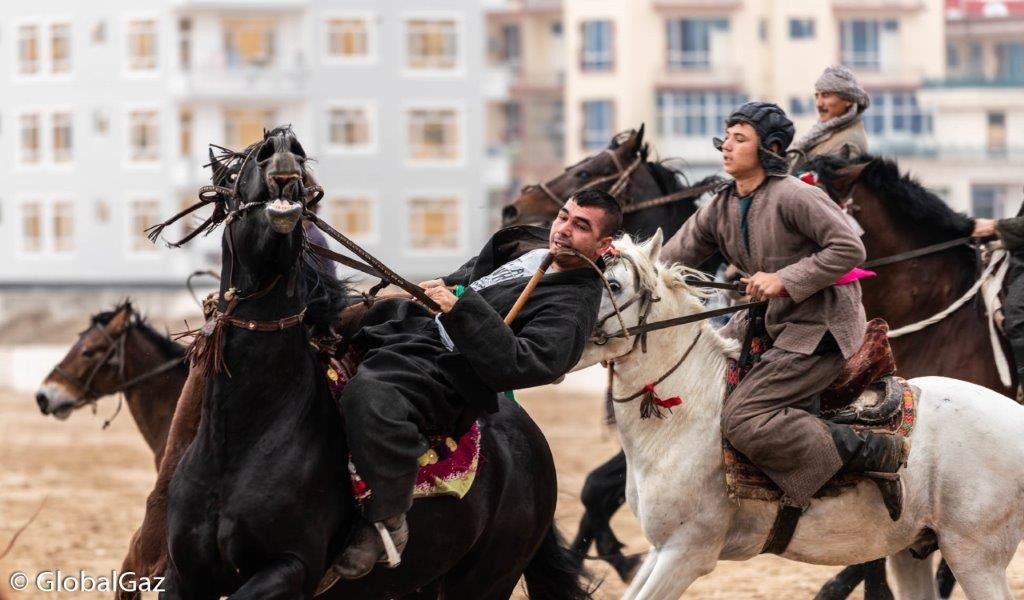 |
| Photo: GlobalGaz |
One of the most distinctive traditions of the Wakhan is the centuries-old game of buzkhasi, sometimes described as rugby on horseback with the body of a goat as a ball. Thought to be an early pre-cursor to polo, buzkashi has no rules and no sides. There is certainly no sense of "fair play", as competitors will punch and whip each other in an effort to steal the goat, and broken bones are not uncommon. "The Wakhi villages love to play each other, especially at Nawruz, which is the Afghan New Year," Ziahee explained. "But here it's different to other parts of Afghanistan. Elsewhere, buzkashi is more political – put on to show the power of the elite, or by a politician as a way to win votes. Here, it is all about the competition and the community. It is one of many things that makes the Wakhan so unique."
Untouched by tourismWhile Afghanistan's security situation dictates that much of the country is off-limits to foreigners, the corridor's relative safety, alongside its pristine mountain scenery and well-preserved Wakhi culture, has seen its appeal with off-the-beaten-trackers grow markedly in recent years. "At first there were only a handful of visitors," said Ade Summers, an adventure guide who has led nine expeditions to the Wakhan. "Over a decade, that's slowly grown to up to 600 people a year. It's a privilege to visit somewhere so untouched by mainstream tourism, where you can engage with people who still relish their traditional way of life. As you journey along the Wakhan, not only is it very beautiful, every step you take is like turning the pages of a fascinating history book." |
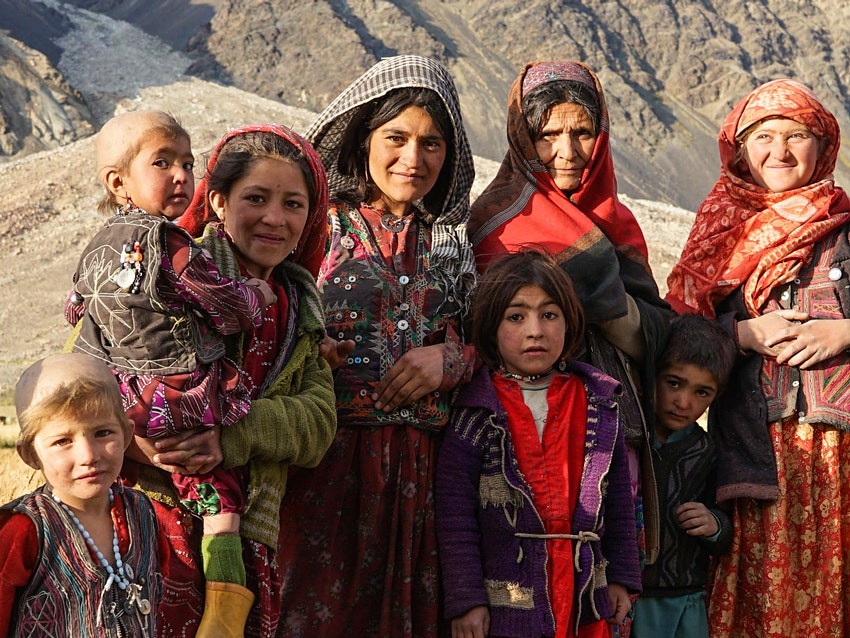 |
| Nomadic Kyrgyz families have lived at the remote end of the Wakhan since the Great Game © Jonny Duncan / Lonely Planet |
Highlights in Wakhan Corrider
Pamir Highway
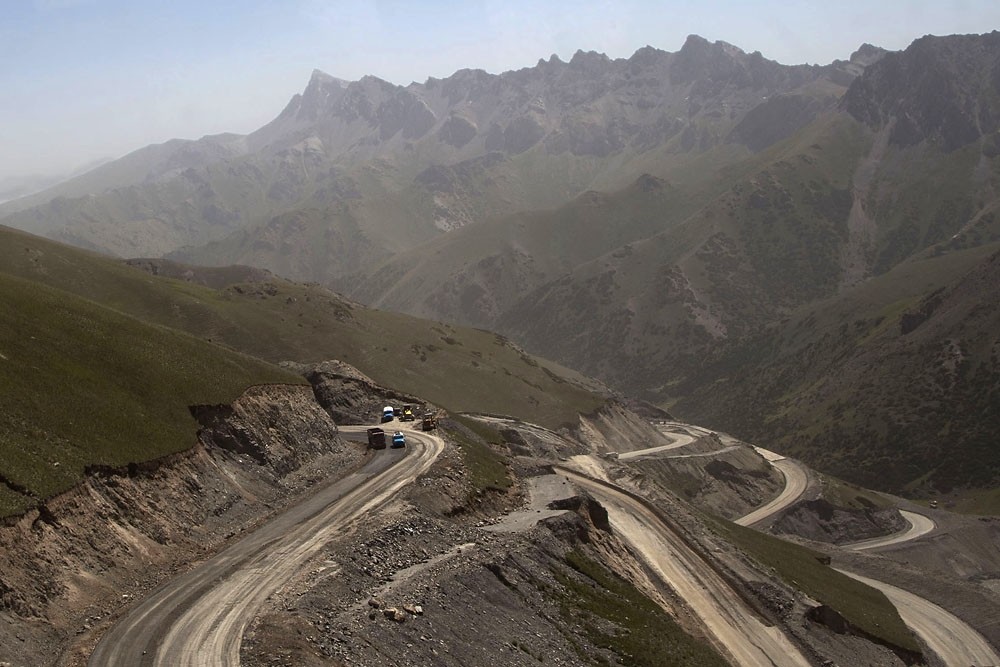 |
| Photo: Getty Images |
If there is one road in Central Asia that captures the imagination above all others it’s the M41, better known as the Pamir Highway (Памирское шоссе). Technically, the M41 and the Pamir Hwy are not identical thoroughfares: the M41 starts from Dushanbe and extends to the Kyrgyzstan border. The Pamir Hwy, by contrast, refers to a section of the M41 that runs only between Khorog and Osh. But who cares about the technicalities! The route, by whatever name it’s given, is famous for a reason. Whether bending along the hem of Tajikistan, following the Pyanj River, or winding across remote high-altitude pastures, this highway is one of the most spectacular in the world. Built by Soviet military engineers between 1931 and 1934 to facilitate troop transport and provisioning, it’s the world’s second highest road and, in all its potholed, yak-used glory, is a major highlight of visits to the region.
Wakhan Valley
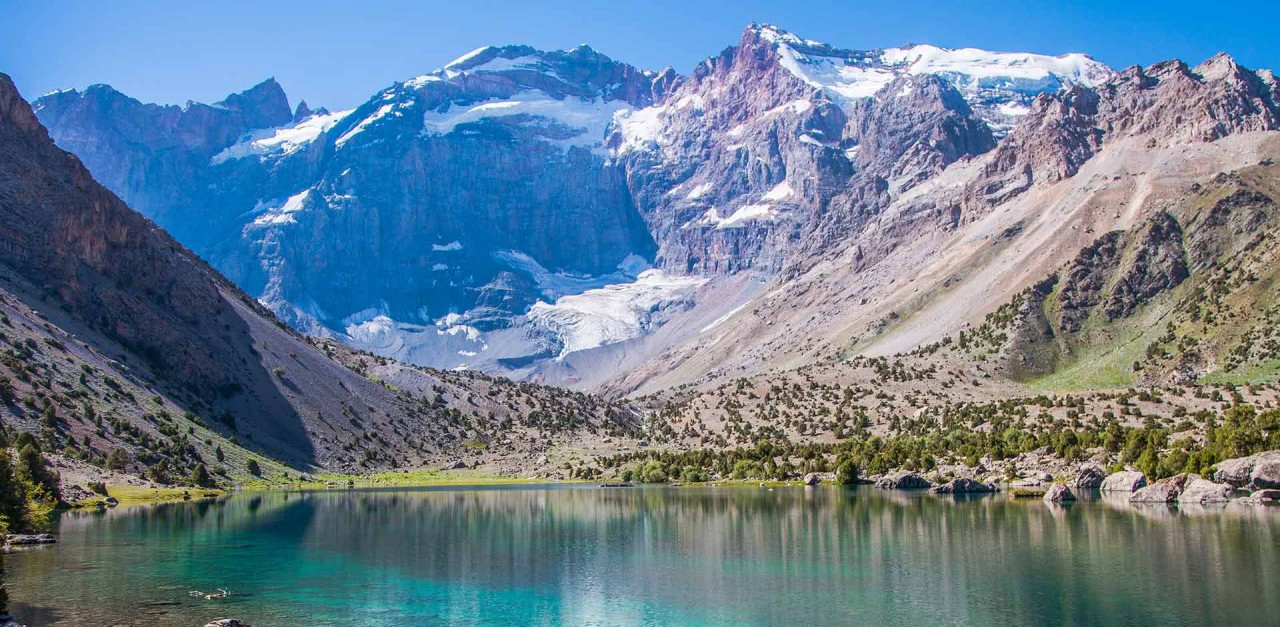 |
| Photo: Remote Lands |
The Wakhan (Ваханская долина) corridor follows the Pyanj River south from Khorog along a narrow canyon to Ishkashim. Here the corridor rounds the bend and follows the Pyanj River through a wider valley towards Langar. The entire corridor on either side of the river is dotted with picturesque villages, nestled in fertile plots of intensively cultivated land and half-buried under fruit-laden orchards. Beyond these slivers of green, the towering valley walls give way to glimpses of the Hindu Kush ('killer of Hindus'), the mountains that mark the Afghanistan–Pakistan border. Apart from the beauty of the journey and the interest arising from travelling within view of Afghan communities across the river, there are several sites of interest along the way, including castle ruins, ancient shrines decorated with ibex horns and sets of petroglyphs. It's even possible to cross into Afghanistan and visit the Wakhan from the other side.
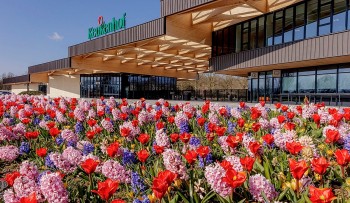 | The Tale of Flowers: Visit Keukenhoff - The Garden Called "Garden of Europe" If you ever have a chance to visit Holland, do not forget to stop by the "Garden of Europe". Keukenhof is the most famous and ... |
 | Visit the Hundreds Year Old Building in Barcelona with Unique Design Casa Batlló is one of the two great buildings designed by Antoni Gaudí, a genius Catalan architect, has been a famous spot in Barcelona for ... |
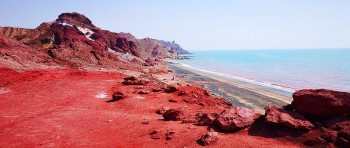 | Wonderful Homuz Island Attracts Tourists With Mesmerizing "Blood Red" Beach Hormuz Island, also known as "The Rainbow Island", is one of Iran's most beautiful destinations, has recently gone viral on social media for its mesmerizing ... |
Recommended
 World
World
Pakistan NCRC report explores emerging child rights issues
 World
World
"India has right to defend herself against terror," says German Foreign Minister, endorses Op Sindoor
 World
World
‘We stand with India’: Japan, UAE back New Delhi over its global outreach against terror
 World
World
'Action Was Entirely Justifiable': Former US NSA John Bolton Backs India's Right After Pahalgam Attack
Popular article
 World
World
US, China Conclude Trade Talks with Positive Outcome
 World
World
Nifty, Sensex jumped more than 2% in opening as India-Pakistan tensions ease
 World
World
Easing of US-China Tariffs: Markets React Positively, Experts Remain Cautious
 World
World

